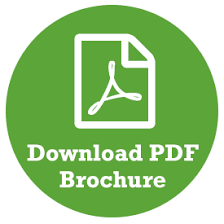
Debora Colombi
Genotyping and BPI, Brazil
Title: Detection of bacteria using gold nanoparticles immunossensor
Biography
Biography: Debora Colombi
Abstract
Blood stream infections (BSI) are severe diseases causing high morbidity and mortality and are a major public health problem worldwide. The effective diagnosis of the microorganisms causing BSI is the most critical and most difficult problem in the treatment of blood infections. Currently, the gold standard for diagnosis is blood culture, however there are a number of
disadvantages associated with this method including the fact that it is time consuming (up to 5 days for results) and has low sensitivity. These issues are associated with a delay in administration of the first adequate anti-infectious agent, resulting in a mortality rate as high as 60%. Genotyping Biotechnology started to develop a method able to evaluate bacterial contamination with two premises: rapid result (minutes) and capable to identify some important bacteria. Our solution aims at the production of a kit for rapid monitoring and identification of contaminant microorganisms based on immunosensor colorimetric change. Biosensors based on gold nanoparticles can be bio conjugated with various ligands such as nucleic acids and antibodies. After the bio conjugation, they start forming aggregates, which shifts the absorption band to ca.600–800 nm. This change can be observed by the naked eye or measured quantitatively with an ultraviolet-visible spectrophotometer
Here we present a cheap and simple colorimetric method for detection of Lactobacillus sp. and Staphylococcus aureus using gold nanoparticles modified with antibody to produce an immunosensor. This detection system had a detection limit of 102 cfu/mL for both microorganisms in less than 10 minutes.

